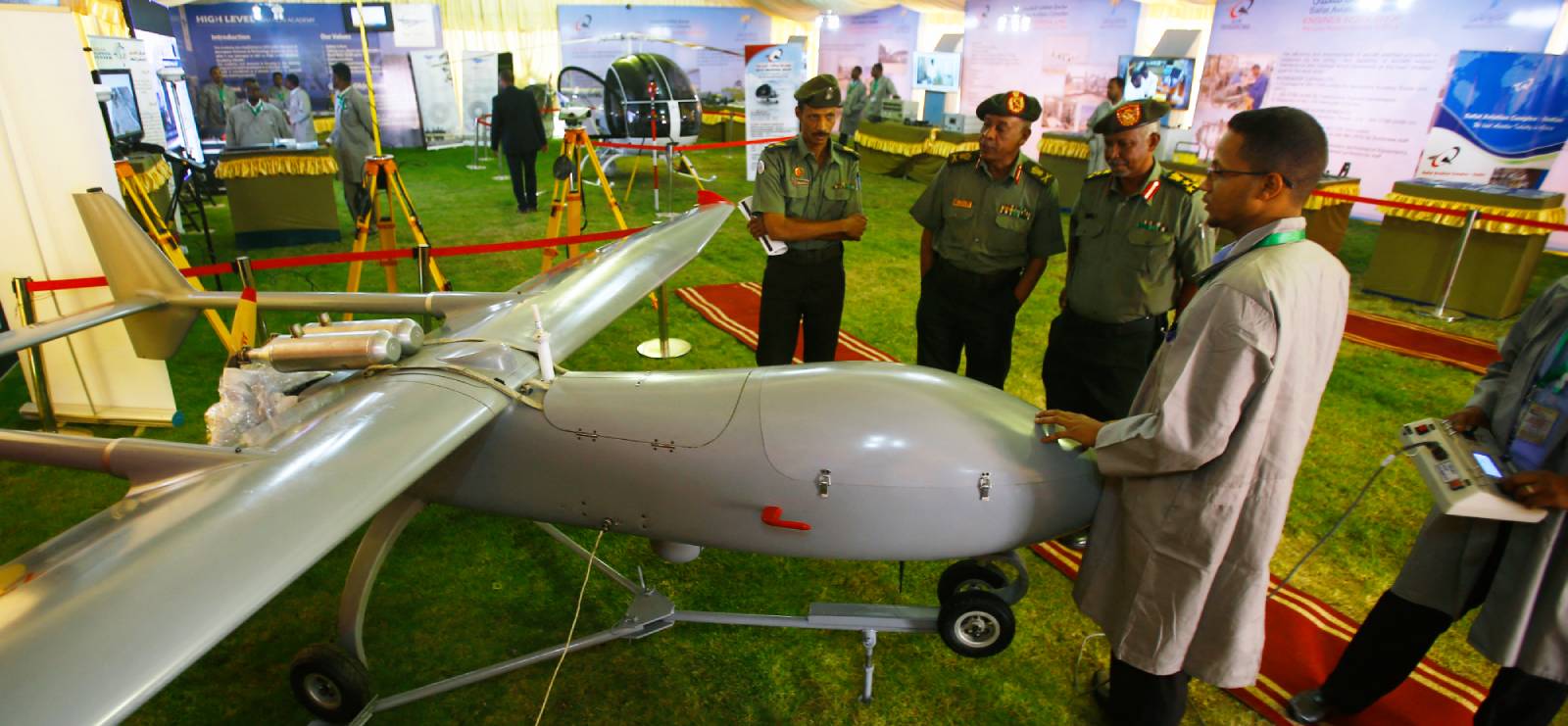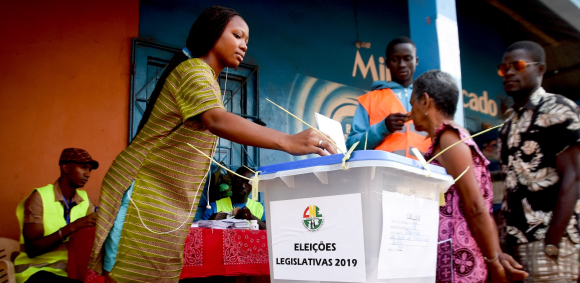The use of unmanned aerial vehicles (UAVs), more commonly known as drones, has emerged as a growing and highly adaptable tool among violent extremist and terrorist groups across Africa. These drones, often equipped with high-tech sensors, cameras, GPS, and sometimes weaponized with improvised explosive devices (IEDs), are transforming how non-state actors conduct surveillance, deliver attacks, disrupt security operations, and disseminate propaganda. From reconnaissance to direct strikes, drones now play a central role in asymmetric warfare strategies, posing a serious and evolving security challenge across the continent.
Drones have become particularly attractive to extremist groups due to their affordability, ease of acquisition via commercial markets or illicit trafficking channels, and versatility. They offer advantages in both offensive and defensive operations, including smuggling, target observation, jamming of aircraft, and destruction of key infrastructure and military positions. Notable global examples include Ukrainian SHARK drones used to jam Russian UAVs and the Islamic State West Africa Province (ISWAP)’s ongoing use of drones to target military bases in Nigeria. But this alarming trend has accelerated rapidly across Africa in 2025, with jihadist and extremist factions increasingly relying on drones to reshape battlefield dynamics in their favor.
Militant groups operating in at least nine African countries Burkina Faso, the Democratic Republic of the Congo, Kenya, Libya, Mali, Mozambique, Nigeria, Somalia, and Sudan have either acquired or deployed drones for a range of purposes, including reconnaissance, armed assaults, and psychological warfare. In East Africa, Al-Shabaab, the al-Qaeda-affiliated insurgent group based in Somalia, has consistently used drones since 2020 for tactical surveillance and battlefield planning. In February 2025, Somali armed forces intercepted two drones deployed by Al-Shabaab over Galgaduud, a sign of increased technical capability and expanding aerial operations.
In the same region, the Islamic State in Somalia (ISS), a branch of ISIS, initiated drone-assisted operations for the first time in early 2025, targeting Puntland Security Forces and US troops deployed in the mountainous Cali Miskat area. This marks a notable shift in the group’s combat strategy, signaling its desire to defend territory and gain a strategic advantage using unmanned aerial systems.
Across the Sahel, Jama’at Nusrat al Islam wa al Muslimeen (JNIM), another al-Qaeda affiliate, has escalated its use of drones for attacks throughout 2025. In Burkina Faso’s Djibo region, JNIM deployed first-person view (FPV) drones typically used for real-time streaming to drop IEDs packaged in plastic bottles on military outposts. In March, the group executed six separate drone strikes across Mali and Burkina Faso, causing injuries and fatalities, including an attack in Mali’s Segou region that left one militia member dead and over a dozen injured.
Meanwhile, in Nigeria, ISWAP continues to demonstrate advanced drone warfare capabilities. As far back as 2020, the group utilized drones for reconnaissance, propaganda, and precision strikes. In March 2025, ISWAP launched a coordinated multipronged drone assault on Nigerian military positions in Borno State, resulting in substantial casualties, equipment losses, and compromised intelligence. These attacks triggered a counteroffensive by the Nigerian army using UAVs, reportedly killing nearly 100 militants and exposing the high stakes of drone warfare in the region.
The growing threat of UAV-enabled terrorism necessitates urgent, multi-layered counter-drone strategies tailored to local and regional contexts. Given the dynamic nature of drone threats and the diverse capabilities of extremist groups, a one-size-fits-all response is insufficient. Instead, states must deploy comprehensive detection and defense systems that include long- and short-range radar, acoustic sensors, GPS spoofers, and visual surveillance tools. For example, JNIM’s use of low-flying quadcopters underscores the importance of sensor-based short-range radar systems at critical military installations.
Governments must also strengthen their intelligence frameworks by integrating drone activity analysis into military operational command centers. Coordinated, real-time intelligence sharing—both nationally and across borders is vital to dismantling drone supply chains, predicting attacks, and intercepting UAVs in flight. Since many extremist groups operate transnationally, robust cooperation between African nations, regional bodies, and international partners is crucial. Intelligence exchanges on drone procurement routes, tactical usage, and emerging trends can improve situational awareness and enable timely interventions.
Moreover, border security and market regulation should be enhanced to detect and disrupt illegal drone trafficking. Surveillance of commercial UAV sales and imports, especially those involving high-performance or weapon-capable models, is essential to limit terrorist access. Parallel to this, African nations should continue investing in indigenous drone development and defense innovation. Nigeria’s 2025 acquisition of kamikaze drones engineered domestically to target enemy assets by direct impact demonstrates a promising model. These drones not only boost counterinsurgency effectiveness but also reduce reliance on foreign technology.
To effectively counter UAV-enabled insurgencies, African states must adopt a holistic and forward-looking strategy. This includes fostering domestic drone manufacturing, implementing pre-emptive detection infrastructure, bolstering border and market monitoring, and enhancing regional intelligence networks. These steps, if executed cohesively, will help mitigate the rising threat posed by extremist groups leveraging drone warfare and preserve national and regional security across the continent.














Leave a comment